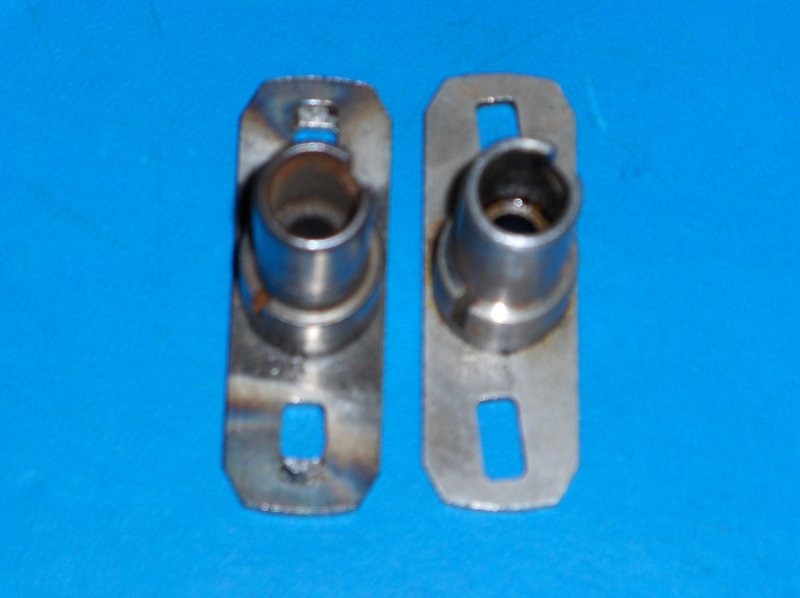Posted By: aarcuda
rotor phasing experiment. whats this mean? - 05/25/09 01:22 AM
i wet to check my rotor phaing. I cut a slot in a cap and aligned the relutcor woth the pickup and then put the cap on. the rotor was dead center on the cap terminal.
So i starteds it up and fired a timing light at it. it was dead on at idle. every now and then i see what looks like a flash of the rotor way to the right. not sure bout that
When i sped it up, the rotor would move to the right of the terminal by about a 1/4" at first then come back to line up with the terminal.
when i let off the gas from revving it, the rotor goes about 3/4" to the right of the terminal as the motor slows down and then quickly returns to dead on the terminal.
Whats loose? 416 small block with stock type distributor
So i starteds it up and fired a timing light at it. it was dead on at idle. every now and then i see what looks like a flash of the rotor way to the right. not sure bout that
When i sped it up, the rotor would move to the right of the terminal by about a 1/4" at first then come back to line up with the terminal.
when i let off the gas from revving it, the rotor goes about 3/4" to the right of the terminal as the motor slows down and then quickly returns to dead on the terminal.
Whats loose? 416 small block with stock type distributor
 I think you nailed it that this is the "movement" that he is seeing at idle, that they both can(& do)make the rotor & therefore the timing marks jump around at idle. I used the collar on the dist shaft & a good chain & marks are rock steady now
I think you nailed it that this is the "movement" that he is seeing at idle, that they both can(& do)make the rotor & therefore the timing marks jump around at idle. I used the collar on the dist shaft & a good chain & marks are rock steady now

